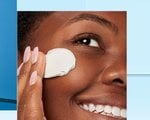How to Get Rid of and Prevent Razor Bumps
May 02, 2023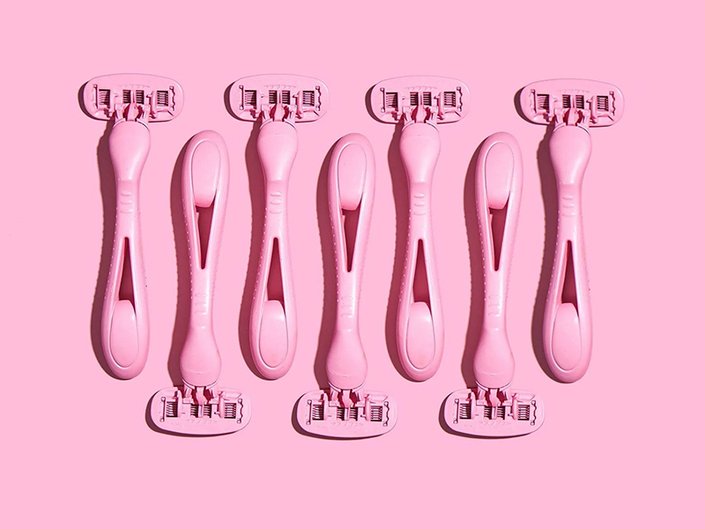
What Are Razor Bumps?
According to Dr. Graf, razor bumps, also known as ingrown hairs, are irritated areas of skin that are the result of shaving. They often look like red bumps on freshly shaved areas and can develop an infection if not properly treated. They might look like pimples, but they only appear after you shave. These bumps can appear anywhere that you may shave — including your legs, bikini area and face.
What Causes Razor Bumps?
“When shaving, the hair is being pulled and, rather than coming off, it snaps, creating a rubber band effect that curls the hair into the hair follicle causing it to grow inward,” explains Dr. Graf. This results in razor bumps. Though anyone can develop razor bumps regardless of their skin type, hair type or where they shave, they’re more likely to occur if you have coarse, thick hair. Having dry skin can also exacerbate the issue.
How to Get Rid of Razor Bumps
Try Chemical Exfoliation
If you do experience razor bumps, don’t panic. There are few things you can do to minimize the irritation. First, Dr. Graf recommends chemically exfoliating the area with products that contain salicylic acid. “Gentle chemical exfoliation can help slough away dead skin cells that can become trapped in the hair follicle,” she says. Chemical exfoliation uses acids such as alpha-hydroxy acids (AHAs) and beta-hydroxy acids (BHAs) to gently dissolve dead skin cells and give skin a smoother look and feel. Unlike physical exfoliants, which include scrubs with beads or granules that you can feel, chemical exfoliants are considered more gentle on the skin.
For a gentle daily exfoliant, try the CeraVe SA Body Wash for Rough and Bumpy Skin which exfoliates and strengthens the skin barrier at the same time. It contains salicylic acid, a BHA, along with ceramides, hyaluronic acid and niacinamide to calm skin and replenish moisture.
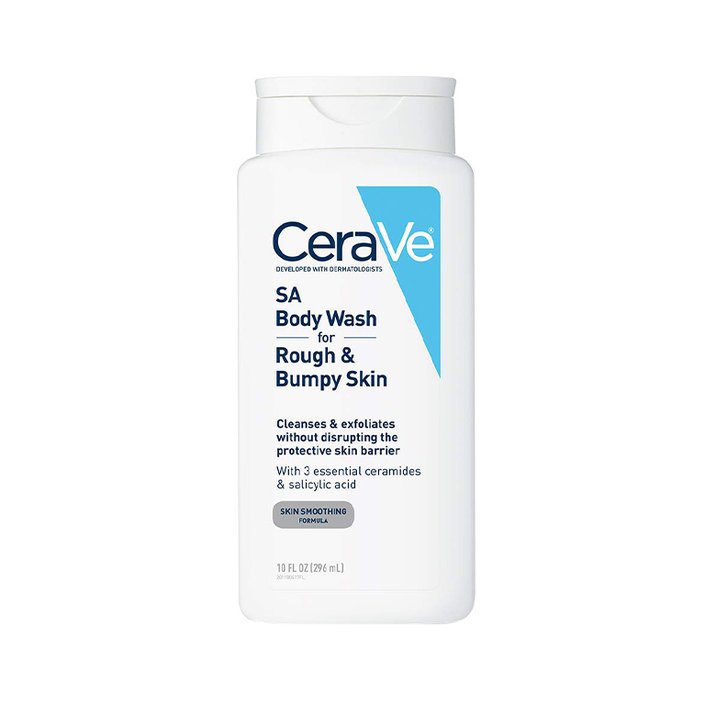
Look for Soothing Ingredients
To calm irritation associated with razor bumps, Dr. Graf suggests looking for products that contain ingredients like tea tree oil or aloe vera. “Aloe vera has calming properties that will help soothe the pain of razor bumps,” she says. The Thayers Natural Remedies Unscented Facial Toner has a combination of both. The toner is fragrance-free and contains glycerin, which helps attract moisture to the skin. If you prefer a spray over a liquid or pad formula, we suggest misting the Thayers Natural Remedies Alcohol-Free Witch Hazel Facial Mist Toner onto the affected areas.
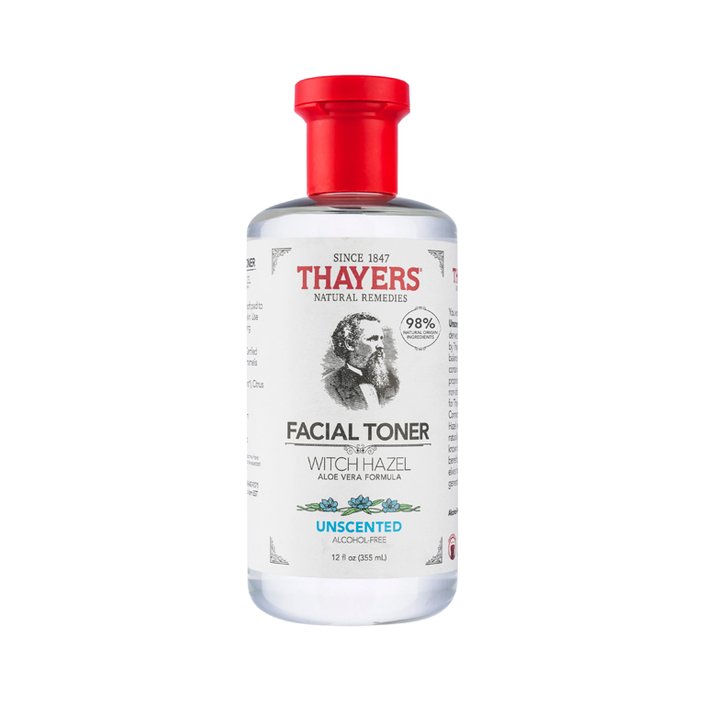
Try a Warm Compress
If you don’t have any soothing products on hand, the best razor bump treatment is a warm compress. Dr. Graf says to run a fresh towel under warm water and place it on the affected area for five to ten minutes.
How to Prevent Razor Bumps
Exfoliate Before Shaving
Once you are able to get the irritation from razor bumps under control, you may want to adjust your shaving routine to ensure they don’t return. Just like with treating razor bumps, Dr. Graf recommends exfoliating with salicylic acid to unclog your pores pre-shave so you lessen the likelihood of developing them. We like the CeraVe SA Body Wash for Rough and Bumpy Skin, which exfoliates without irritating your skin. Exfoliating can also help get rid of any pore-clogging debris or bacteria that may lead to razor bumps after shaving.
Soften the Hairs With Water
Ideally, you should shave at the end of your shower, when your skin and hair have been softened by warm water. Not only will your hairs and skin be softer, waiting till the end of your shower will also reduce friction against your razor.
Use a Shaving Cream
Though it may be tempting to shave with only water, it’s also a good idea to use a gentle shaving cream because it will not only moisturize the area, but also help you achieve a closer shave. The eos Cashmere Skin Collection Shave Butter is one of our absolute favorites — not only does it smell sweet like sugar cookies, it helps soften skin and delivers a smooth, easy glide for your razor. Plus, it’s packed with moisturizing ingredients like avocado butter and aloe.
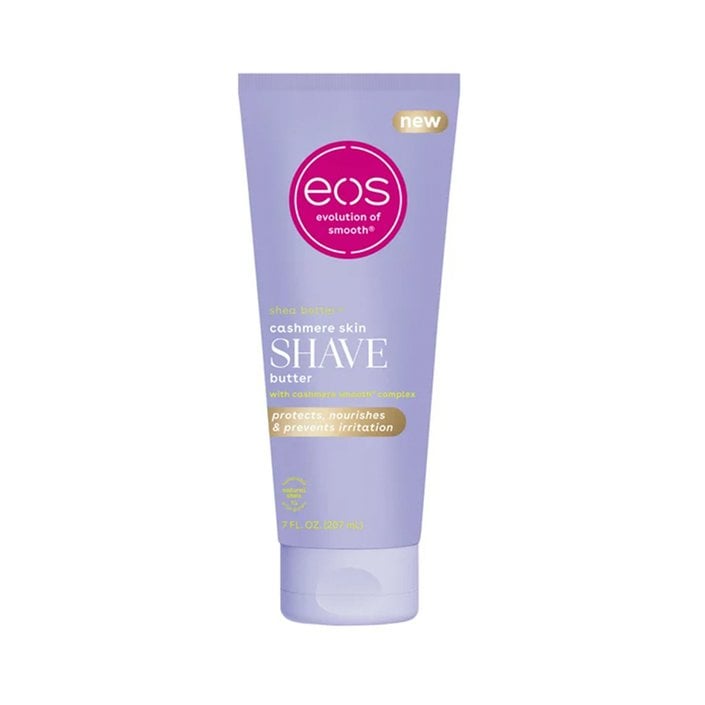
Replace Your Razor Regularly
Make sure you regularly replace your razor, too. Ideally it should be discarded after four shaves. An old razor has a duller blade, which makes you more susceptible to knicks and cuts. Make sure to clean your razor in between passes too, to keep hairs and dead skin cells from collecting in between the blades.
Shave With the Hair, Not Against It
Most importantly, you should always shave in the direction of your hair growth to prevent the hair snapping that leads to razor bumps. If your hair is on the coarse side and shaving with the grain doesn’t seem to work for you, just try to avoid making multiple passes over the same area of skin. Doing so will minimize your risk of irritation and razor bumps.
Stay Away From Dry Shaving
Even if you’re in a rush, you should never shave your skin dry. At the very least, use a wet washcloth to dampen your skin and then go in with a razor and shaving cream. Shaving wet softens the hairs and reduces friction, which also cuts down on irritation.
Apply a Product That Fights Razor Bumps and Ingrown Hairs
Fighting razor bumps doesn’t stop in the shower. After you finish shaving, apply a bump and ingrown-fighting product to the skin that’s most prone to irritation. There’s a wide variety of formulas that can help ease redness and bumps. If you’re partial to body oils, you’ll like the fur Ingrown Concentrate, a tea tree- and chamomile-infused product that helps clear pores, minimize irritation and eliminate ingrown hairs. If you prefer a spray-on product, try the European Wax Center Ingrown Hair Mist. You can spray the mist upside down, sideways or right side up to tackle hard-to-reach areas like the underarms and bikini line. The formula contains tea tree oil, lavender and vitamin E, plus a blend of BHAs and AHAs to leave skin soft and free of bumps.
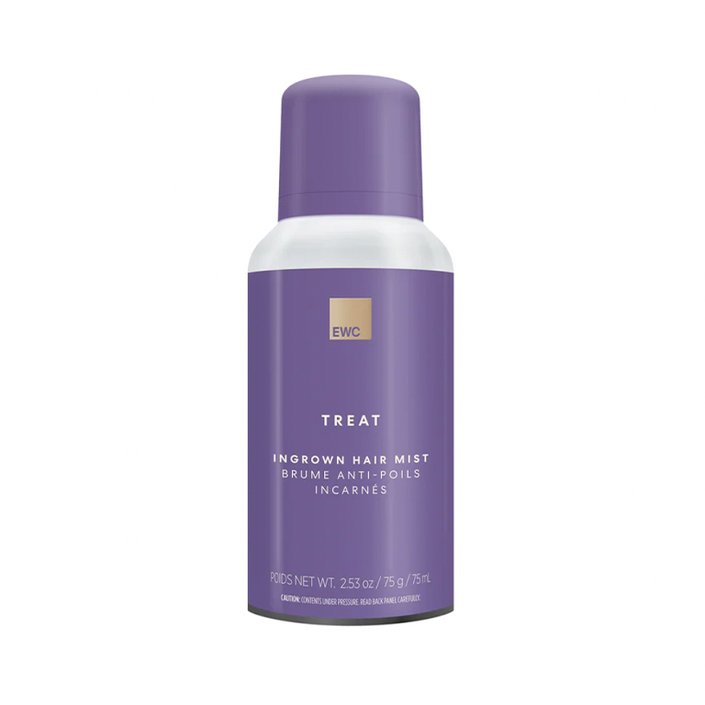
Moisturize After Shaving
Once you step out the shower and towel-dry, apply your favorite body lotion to skin that’s still slightly damp. Doing so while your skin is damp will help seal in moisture. “Your skin has the most moisture when it’s wet, and most moisturizers work best when skin is already hydrated,” Dr. Michael Kaminer, a board-certified dermatologist and Skincare.com consultant based in Boston, previously told Skincare.com.
One of our go-to lotions is the La Roche-Posay Lipikar AP+M Triple Repair Body Moisturizer for Dry Skin, which is fragrance-free and ultra-gentle on skin. For a fragranced option, try the Aesop Rejuvenate Intensive Body Balm, which has a warm, woodsy vanilla scent with a hint of citrus.
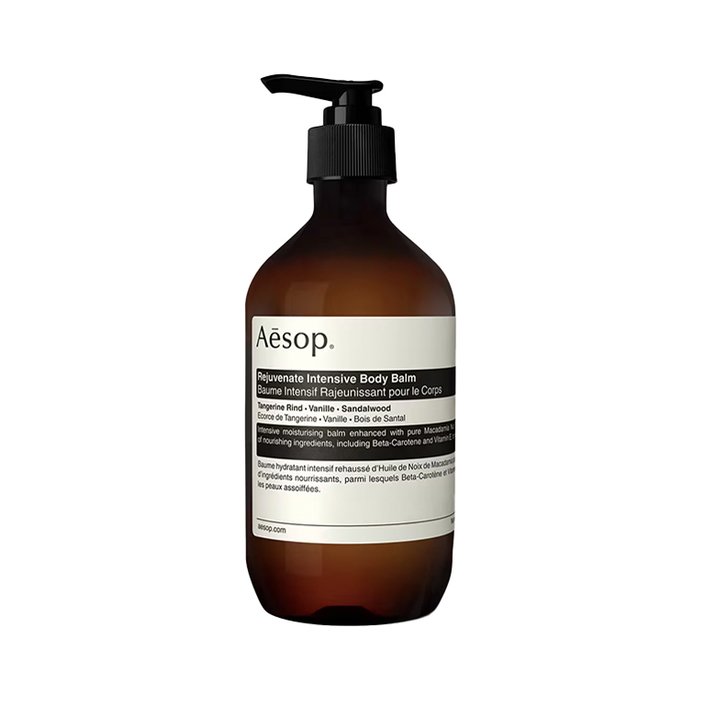
Avoid Multiple Passes With Your Razor
Going over the same area multiple times with a razor is a surefire way to increase irritation, redness and friction. “Keep in mind that you are taking a blade to your skin,” Amy McLain, master esthetician and esthetics director of education at Kenneth's Hair Salons & Day Spas, previously told Skincare.com. “Every pass is exfoliating the skin.” Using a clean razor with fresh, sharp blades and an easy-glide shaving gel or cream will help lessen the number of passes you have to take for smooth skin.
Skip a Day or Two Between Shaving
Shaving everyday can lead to irritation and make existing razor bumps worse. If you can’t stand the look or feel of stubble in between shaves, consider looking into more long-term or permanent methods of hair removal, such as waxing or laser.
Cool Down Your Skin
To quickly ease the redness and discomfort of razor burn, try applying a cool compress or cold water to the area. “A quick thing you can do is apply cold water to constrict the blood flow in the areas and [temporarily] tighten up the pores,” Dr. Dhaval Bhanusali, a board-certified dermatologist and Skincare.com consultant, previously told Skincare.com.
Wear Breathable Clothing
Tight workout clothes can rub against your skin, leading to friction and further irritation. “I also advise clients to avoid any activities that would involve lots of friction or sweating (think: running, intense exercise) if they are prone to razor burn,” McLain told Skincare.com. “Too much friction or sweating can just lead to more issues. Letting the area breathe and calm down before engaging in those activities is best.”
How Long Can Razor Bumps Last?
If not addressed, razor bumps can become a chronic issue. When you experience them, Dr. Graf says the best thing to do is to let the visible redness settle before attempting to shave again so they can improve sooner rather than later. Sometimes, razor bumps can become infected — if this happens, visit your dermatologist for treatment.
When it comes to razor bumps, it’s important to remember that sometimes the small adjustments can make all the difference. Following these simple steps can help reduce irritation from razor bumps and help you achieve a smoother shave.









